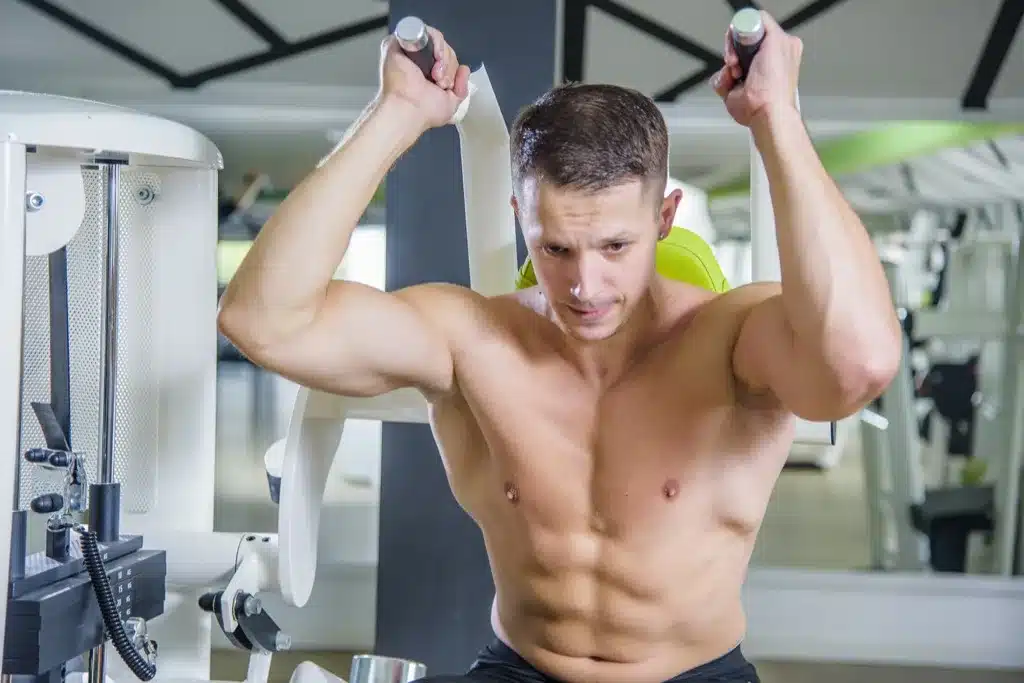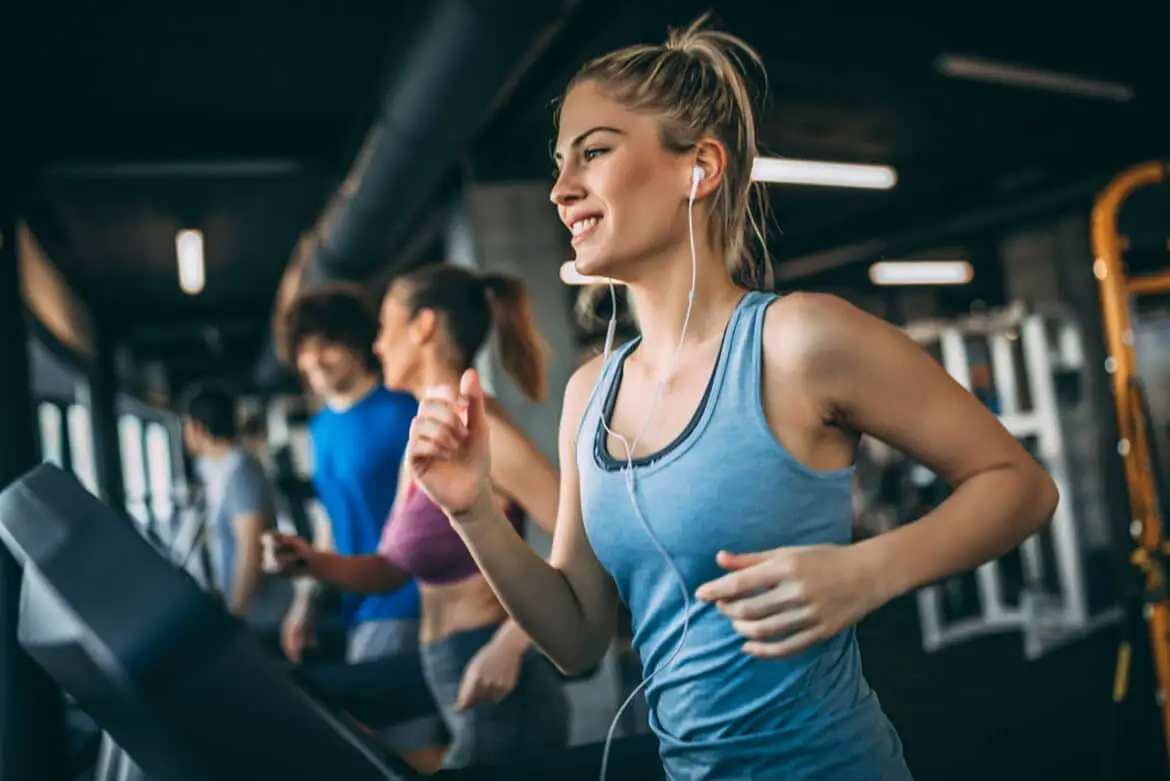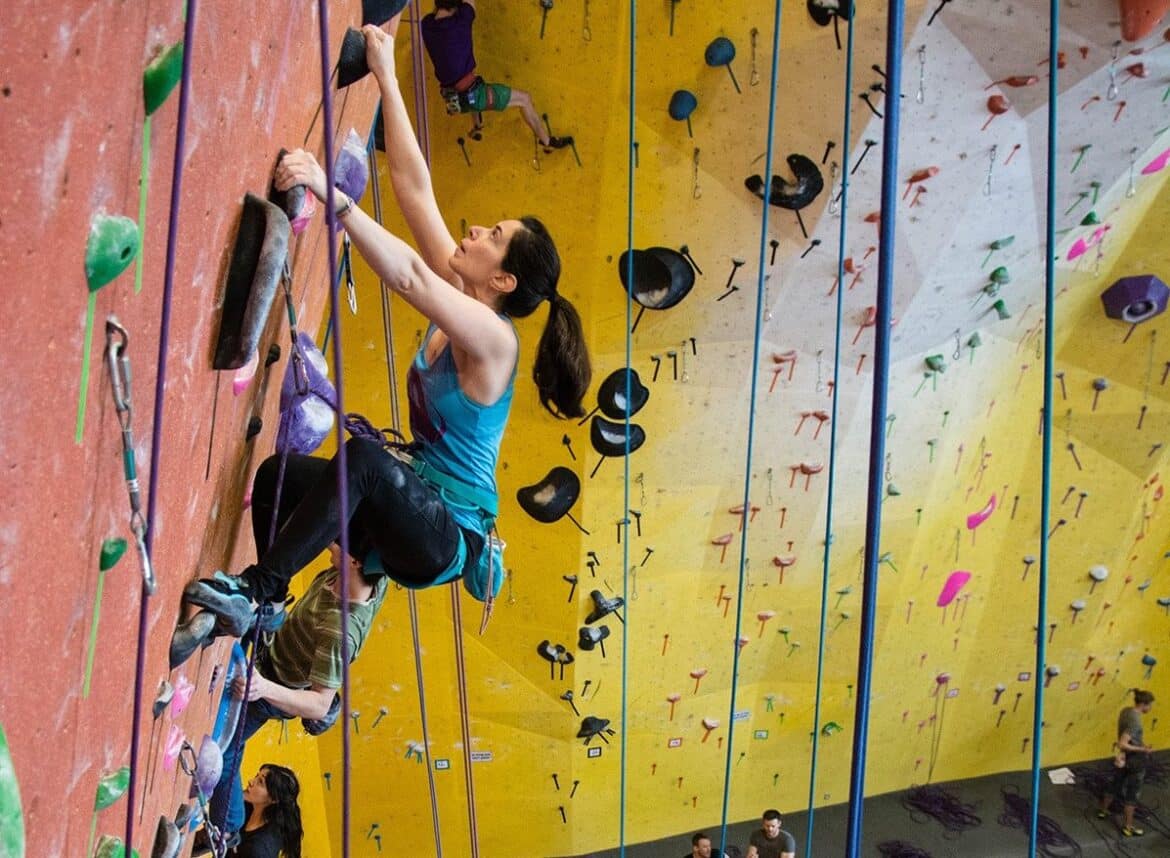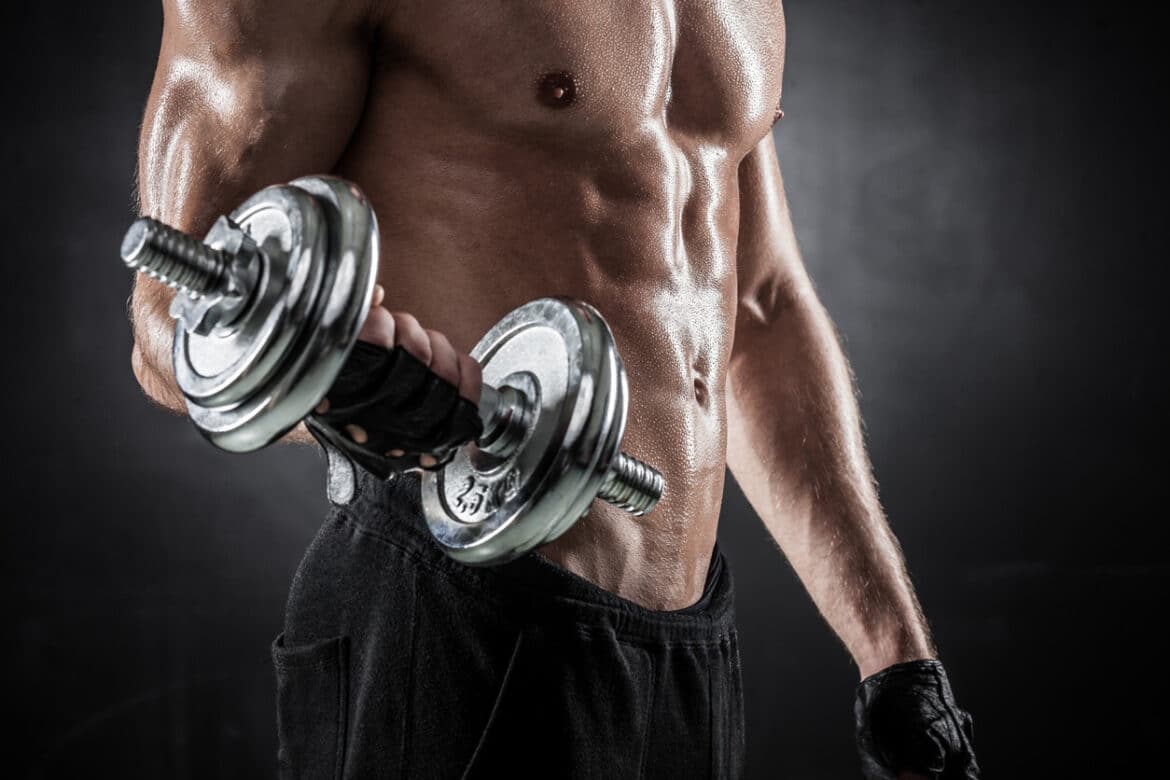Introduction When it comes to working out at the gym, one of the most common questions people have is how long a pump lasts. A pump refers to the temporary increase in muscle size and vascularity that occurs during and immediately after a workout. It is a satisfying feeling that many gym-goers strive to achieve. However, the duration of a pump can vary depending on several factors, including individual differences, workout intensity, and post-workout practices. Factors Affecting Pump Duration Several factors influence how long a pump lasts. Firstly, individual differences play a significant role. Each person’s body responds differently to exercise, and some individuals may experience longer-lasting pumps compared to others. Additionally, the intensity and duration of the workout session can impact the duration of the pump. A more intense and prolonged workout is likely to result in a more pronounced pump that may last longer. Post-Workout Practices Post-workout practices also play a crucial role in determining the duration of a pump. Engaging in proper post-workout nutrition and recovery techniques can help extend the pump. Consuming a balanced meal or …
gym
Introduction When it comes to achieving a toned and sculpted abdomen, many individuals turn to ab machines at the gym. These specialized exercise equipment are designed to target the abdominal muscles and help individuals achieve their desired fitness goals. However, the effectiveness of ab machines has been a topic of debate among fitness enthusiasts and experts alike. While some swear by the benefits of using these machines, others question their efficacy and argue that traditional exercises may be just as effective, if not more so. On the other hand, skeptics argue that ab machines may not live up to their claims and that traditional exercises can provide similar results. They believe that the key to achieving a toned abdomen lies in overall body fat reduction rather than solely focusing on the abdominal muscles. According to this viewpoint, engaging in full-body exercises that promote calorie burning and muscle development, such as squats, deadlifts, and cardio workouts, can be just as effective, if not more so, in achieving a sculpted midsection. The effectiveness of ab machines at the gym is a subject …
Introduction Can Kids Go To The Gym: Physical fitness is an essential aspect of a healthy children’s gym workouts lifestyle, and it is never too early to start instilling good exercise habits in children. With the rise in childhood obesity rates and sedentary lifestyles, many parents are wondering if it is appropriate for their kids to go to the gym. This question has sparked a debate among experts, with some advocating for early gym exposure while others express concerns about potential risks. In this article, we will explore the benefits and considerations of allowing children to go to the gym, providing parents with valuable insights to make an informed decision. Regular exercise not only helps children maintain a healthy weight but also improves their cardiovascular health, strengthens their muscles and bones, and enhances their overall physical well-being. By introducing children to the gym environment, they can learn proper exercise techniques, understand the importance of warming up and cooling down, and gain knowledge about different types of exercises. These skills can lay a foundation for a lifetime of physical fitness and …
Introduction When it comes to choosing the right footwear for the gym, there are numerous options available in the market. One popular choice that has gained significant attention is Converse shoes. Known for their timeless style and versatility, Converse shoes have become a staple in many people’s wardrobes. However, the question arises: are Converse shoes good for the gym? One of the key factors to consider when choosing gym shoes is their ability to provide proper support and stability. During workouts, our feet undergo various movements, including jumping, running, and lateral movements. It is crucial to have shoes that can withstand these movements and provide adequate cushioning to minimize the risk of injuries. While Converse shoes offer a comfortable fit and cushioning, they may not be the ideal choice for high-impact activities or exercises that require extensive lateral movements. Furthermore, the level of breathability and moisture-wicking properties of gym shoes play a significant role in maintaining foot hygiene and preventing discomfort. Converse shoes, with their canvas upper, may not provide the same level of breathability as shoes made from mesh …
Introduction Why Do People Wear Hats To The Gym: In the dynamic world of fitness, gym-goers often exhibit an array of clothing choices that blend comfort, style, and functionality. Amidst this array, one accessory frequently making its appearance is the humble hat. From casual baseball caps to snug beanies, the sight of individuals wearing hats while engaging in strenuous workouts raises an intriguing question: What motivates people to incorporate headgear into their exercise routine? Delving into the underlying reasons behind this trend unravels a unique intersection of fashion and practicality, shedding light on the diverse motivations that drive individuals to sport hats at the gym. Stepping into a gym, one is met with a vibrant tapestry of activewear, each piece carefully chosen for its blend of comfort and functionality. Among this diverse array of workout attire, an intriguing trend stands out: the presence of hats. Whether it’s a classic baseball cap, a sleek beanie, or a stylish headband, the gym floor has become a canvas for individuals to showcase their unique headgear choices. This prompts a thought-provoking inquiry: What prompts …
Introduction Why Are Gym Memberships So Expensive: The pursuit of fitness and a healthier lifestyle has led many individuals to consider joining a gym. However, a common concern that often arises is the cost of gym memberships. Why do gym memberships come with a price tag that can sometimes be perceived as high? Exploring the factors that contribute to the gym expensive can shed light on this phenomenon. In an era where health and wellness have become a priority for many, gyms have evolved from simple workout spaces to comprehensive wellness centers. Modern gyms offer a range of amenities such as state-of-the-art equipment, group classes, personal training sessions, spa services, and more. These added features contribute to the overall cost of maintaining and operating a gym facility. Additionally, keeping up with the latest fitness trends and technologies demands continuous investment, further impacting membership fees. Gyms often employ qualified fitness professionals, trainers, and instructors to guide members toward their fitness goals safely and effectively. These experts come at a cost, which is reflected in membership fees. Personalized training programs, group classes, …
Introduction What To Wear To Climbing Gym: Preparing for a visit to the climbing gym involves more than just enthusiasm and chalked hands. What you wear can significantly impact your performance and comfort on the climbing wall. Choosing the right attire not only ensures freedom of movement but also contributes to safety and an enjoyable climbing experience. Here’s a guide to help you navigate the world of climbing gym apparel. Stepping into a climbing gym presents a unique set of challenges that call for appropriate clothing choices. The dynamic and physically demanding nature of climbing requires attire that allows for a full range of motion, minimizes discomfort, and promotes safety. Remember that while functional clothing is important, the main focus of climbing is the experience and the joy of challenging yourself. Choose clothing that allows you to move with confidence and comfort, and don’t hesitate to seek advice from experienced climbers or gym staff if you’re unsure about what to wear. Ultimately, the right attire will enhance your climbing experience and contribute to a memorable and rewarding time at the …
Introduction What To Eat In The Morning Before Gym: Starting your day with the right nutrition can significantly impact your workout performance and overall health. Preparing your body with a balanced meal in the morning can provide the energy, nutrients, and hydration needed to power through a gym session. Discovering the ideal foods to eat before hitting the gym can set the tone for a productive and rewarding fitness routine. As the sun rises and you gear up for a morning gym session, fueling your body properly becomes a priority. The breakfast you choose can determine your energy levels, focus, and endurance during exercise. Optimal morning nutrition involves a combination of carbohydrates, protein, healthy fats, and hydration. Remember that personal preferences, dietary restrictions, and eat before workout intensity can influence your food choices. Tailor your pre-gym meal to suit your needs, whether you’re aiming for a high-intensity workout or a lighter training session. By incorporating the right nutrients, you’ll not only elevate your gym performance but also lay the foundation for a day of vitality and well-being. What should I …
Introduction What To Do With Sweaty Gym Clothes: After an invigorating workout at the gym, dealing with sweaty gym clothes is a common challenge. While pushing your limits feels great, the aftermath of damp, smelly attire can be less appealing. Discovering effective ways to handle and care for your post-workout clothing not only keeps your gym gear in good condition but also ensures your fitness routine remains comfortable and hygienic. As you strive to achieve your fitness goals, the issue of sweaty gym clothes becomes a routine concern. Sweat-soaked garments not only feel uncomfortable but can also lead to unwanted odors and potential bacterial growth if not managed properly. By adopting these practices, you can maintain the freshness and functionality of your sweaty gym clothes, ensuring that your workouts remain both effective and enjoyable. Proper care not only preserves your activewear investment but also contributes to your overall workout experience. What should I do with sweaty clothes after a workout? One of the best ways to get rid of bacteria and odors in your workout clothes is to soak them …
Introduction What Medicare Plans Cover Gym Memberships: In recent years, the concept of healthcare has expanded beyond traditional medical services to encompass a holistic approach that includes preventive measures. As a result, many individuals are interested in finding Medicare plans that offer benefits beyond hospital stays and doctor visits. One such sought-after benefit is coverage for gym memberships, promoting fitness and wellness as integral components of a healthier lifestyle. In the ever-evolving landscape of healthcare, Medicare has gradually evolved to address not only the treatment of illnesses but also the proactive management of health. This shift recognizes the profound impact that preventive measures, such as regular exercise and physical activity, can have on overall well-being. As a response to this recognition, several Medicare plans now offer coverage for gym memberships, enabling beneficiaries to access fitness facilities and engage in structured exercise programs. The inclusion of gym membership coverage in select Medicare plans reflects a broader understanding of health promotion. Physical activity is linked to a range of benefits, including improved cardiovascular health, enhanced muscular strength, weight management, and even mental …










